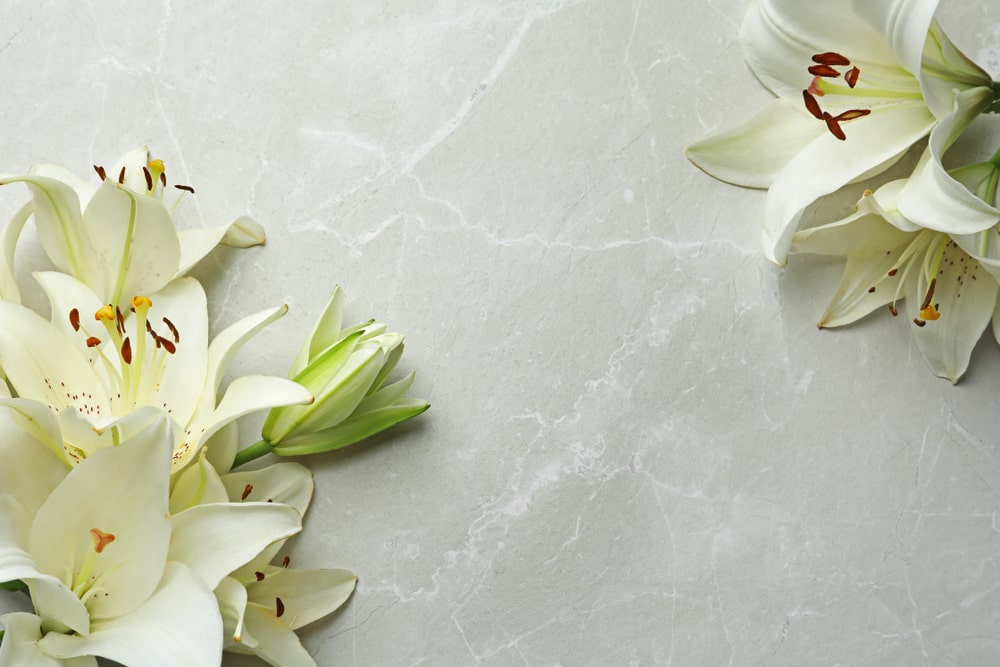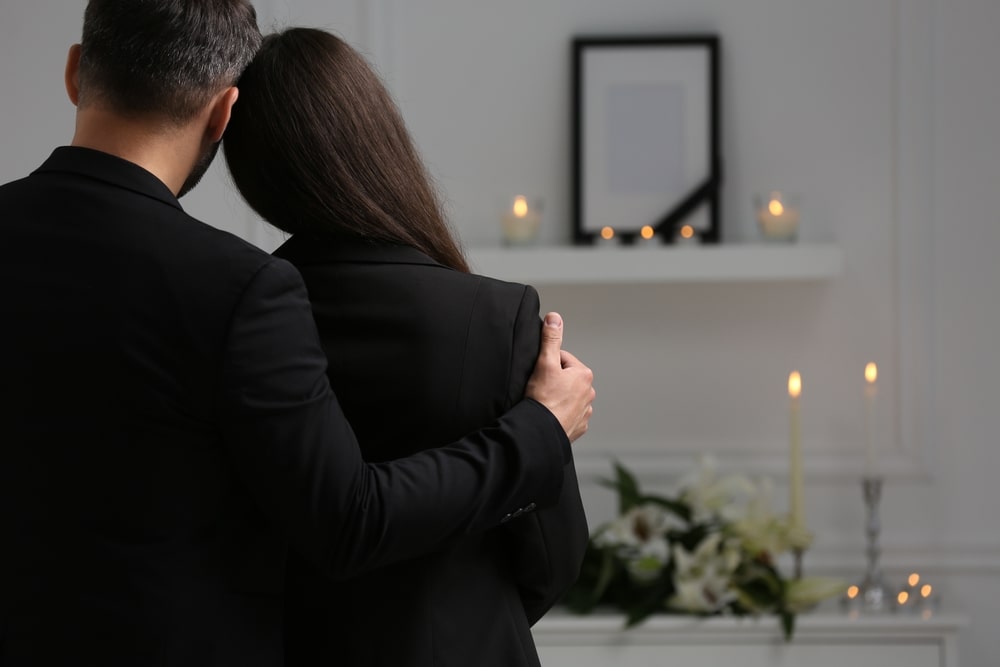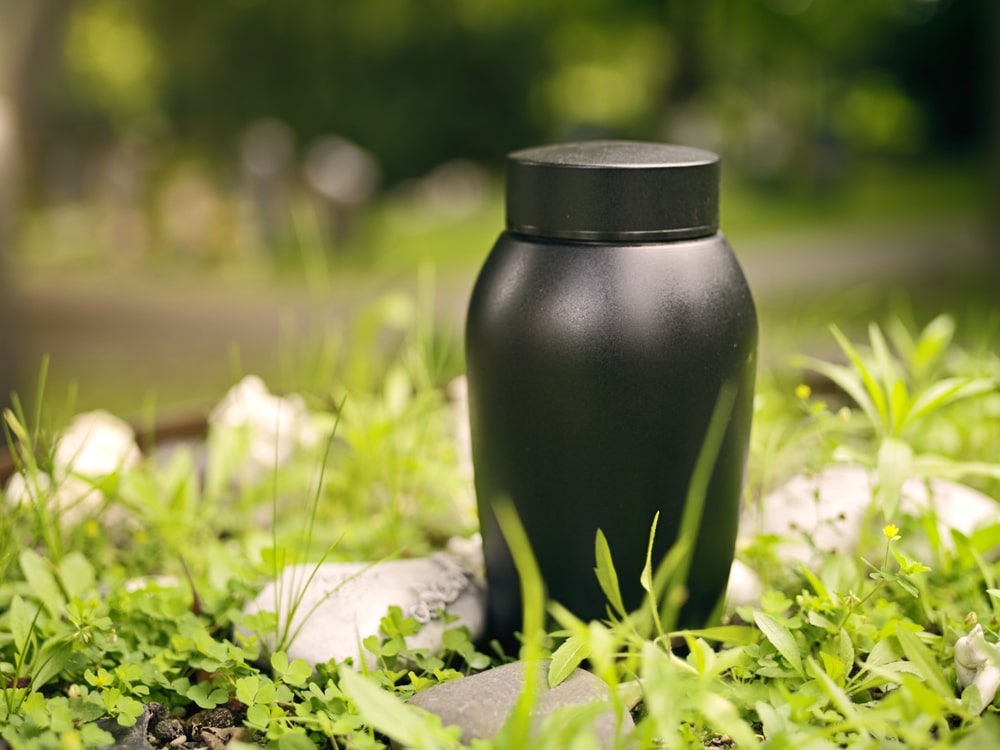Embalming may not be something you’ve given much thought to – other than a mild interest in Ancient Egyptian mummification practices. Thankfully, embalming today is much less complicated than in Ancient Egypt, but it’s still a process. Let’s take a moment to dive into what embalming is, the process behind it, and what your options are when embalming makes the most sense for your funeral planning needs.
What is embalming?
Warning: There are a few squeamish details here, so be prepared or skip to the next section.
Following the Civil War (1861-1865) and the death of Abraham Lincoln, embalming became widely accepted in the United States. After seeing how lifelike Abraham Lincoln appeared during his lying in state period, people all across the nation selected embalming after death. This widespread approval led to the practice becoming a cultural norm, which continues to this day.
But how does embalming work? Well, embalming occurs in stages. Let’s do a quick (and abbreviated) rundown.
Stage 1
The body is disinfected and prepared (this includes massaging stiffening joints, shaving, sewing the jaw shut, etc.)
Stage 2
After the body is prepared, small incisions are made and the blood is replaced with a solution that preserves the body for a period of time.
Stage 3
After the blood is replaced, the body cavities must be embalmed as well. This includes allowing any gas or fluid contents to drain from the organs and the abdomen.
Stage 4
Now that the body is fully embalmed, the cosmetic part of the process begins (washing the hair and body, applying make-up and clothing, etc.).
Once these stages are complete, the body is ready for a viewing or visitation, depending on what the family has planned for final services.
Why do we embalm?
Different people have different reasons for choosing embalming, and ultimately, it comes down to personal choice. For some, embalming and seeing the person who has died is an essential part of the grieving process. Let’s look at a few reasons why people choose embalming.
- You want to have a funeral service with an open casket.
- You want to give far-away family members time to travel to the location of the service, so embalming will preserve the body for a longer period of time.
- The body needs to travel a great distance for burial (like in a national cemetery or in another state).
- You want to donate your body to medical research.
- You want to see the person you love one last time. For some people, when tragic accidents occur, it’s important to have a chance to see the body one final time. Also, it’s during the embalming process that any restorative work occurs, to repair any physical damage incurred by the cause of death.
If any of these ring true for you, then embalming may be the right choice for your needs.
What are my embalming options?
Whether you are planning ahead for your funeral wishes or planning a funeral for a loved one, it’s always beneficial to understand your options. If your family would like to have a viewing or visitation that will allow friends and family to see the deceased person one final time, then embalming is a good route for you.
It will ensure that the body is in good condition for whatever services are planned to honor the person’s life and allow the living to say their goodbyes. Currently, there are two options available for embalming: traditional embalming and green embalming. Let’s talk about each one in turn.
Traditional Embalming
With traditional embalming, a formaldehyde-based solution replaces the blood, acting as a preservative. It helps restore the skin’s natural color and appearance. This type of embalming is available widespread as it has been a common practice for more than 100 years. With traditional embalming, burial at most cemeteries is possible. The only ones that do not allow this form of embalming are green or natural cemeteries.
Green Embalming
As an alternative to the formaldehyde-based solution, some funeral homes now offer green embalming. Essentially, the process is the same, but the solution consists of non-toxic chemicals and plant-derived essential oils. While its effects do not last as long as traditional embalming, it still restores the body’s natural coloring and appearance. All cemeteries, including green or natural cemeteries, accept green embalming.
Is embalming required?
In most cases, embalming is not required. In fact, it’s often only absolutely necessary in special cases. For example, officials may require embalming when a body needs to cross state lines or moves from one place to another via public transportation (like on an airplane).
For the most part, embalming is a choice, and families select it because they want the body to be present for the meaningful services they have planned.
Keep in Mind
Before we go, keep in mind that green embalming is fairly new. Not all funeral homes offer it at this time. If having a more eco-friendly option is important to you, the best thing to do is contact your local funeral home and see what they offer. Then, you can make the decision that makes the most sense for your family and your needs.







